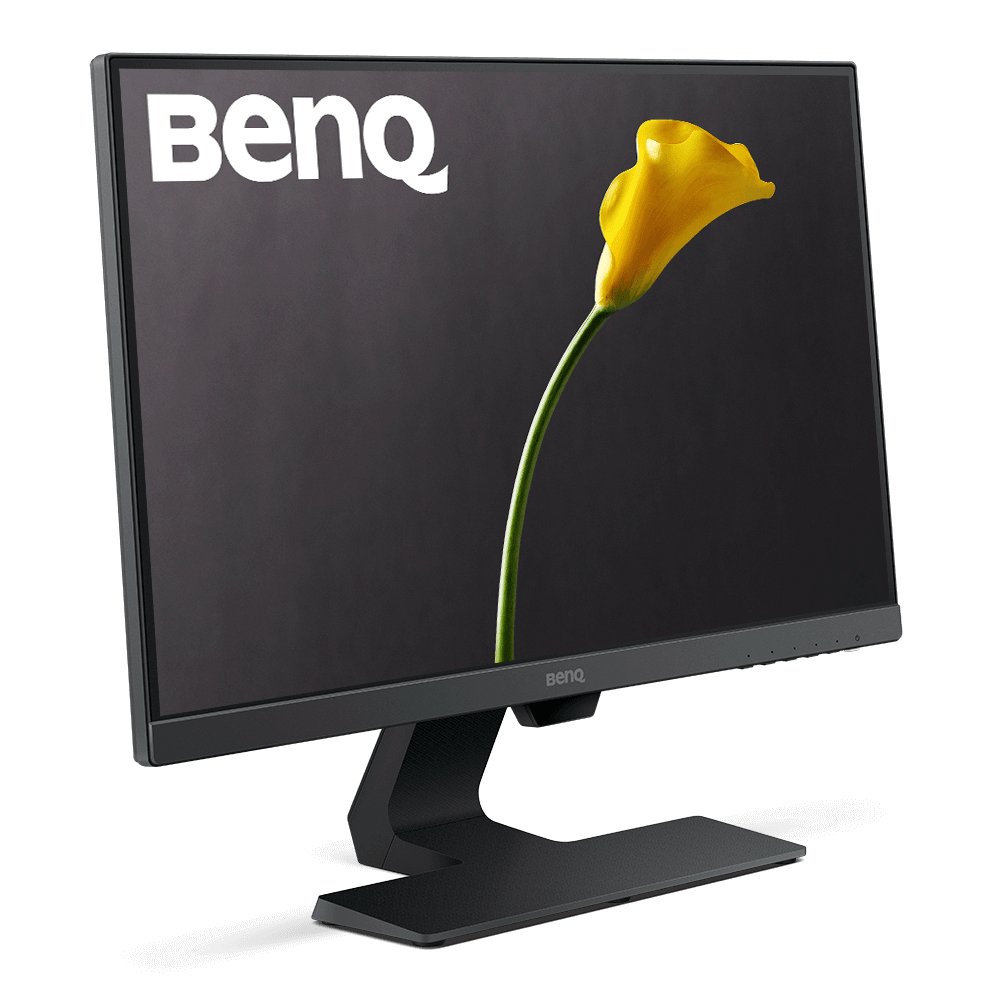A quick online check doesn't find an sRGB coverage spec.GW 2480Wow. What model BenQ was that?One benefit I got out of having a monitor calibrator is it actually tells you how good a monitor is (relative to another), as well as calibrating it.
For instance I had an old BenQ upstairs and I thought they were a quite good brand so I thought I'd bring it down and use it for photo editing.
When I calibrated it, it said that it could only display about 50-odd percent of sRGB. My Samsungs can display about 95% sRGB, and my macBook air can display 100% of sRGB.
So that told me that the BenQ was probably a lot worse for editing photos on than the Samsungs or my macbook.
Also it doesn't take long, only about 5 minutes at most.
Benq claims 72% of NTSC. NTSC is a wider gamut than sRGB. If I understand it right, a monitor with exactly 100% sRGB coverage would have 72% NTSC by definition. (But a monitor with 72% NTSC may not cover 100% sRGB.)
The GW2480 uses a 6 bit panel, and gives 8 bit color using FRC. Seems like a relatively inexpensive monitor.
Last edited:


